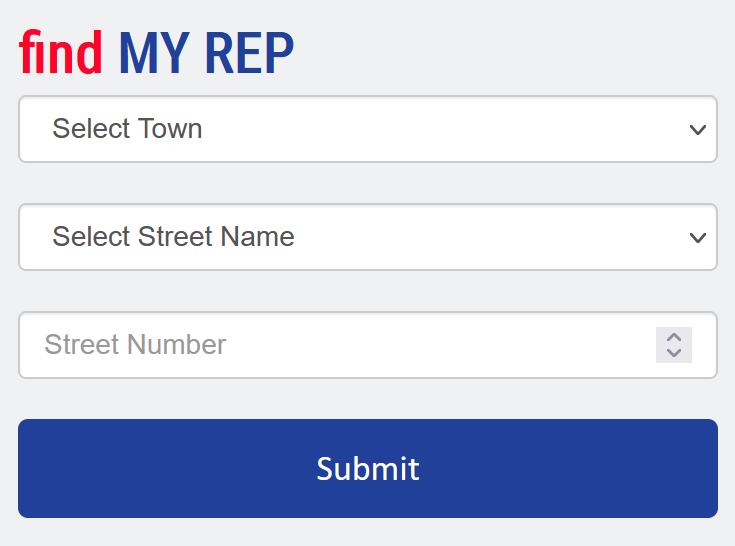State Continues to Pay Down Pension Debt
October 4, 2023Another strong fiscal year for the state budget has resulted in the transfer of more than $1.3 billion toward paying down Connecticut's long-term pension debt.
Since the legislature passed what are known as the state’s “fiscal guardrails” in 2017, more than $7 billion has gone toward reducing long term pension debt, resulting in far-reaching savings for Connecticut taxpayers for decades to come.

Speaker of the House Matt Ritter said, “I am incredibly proud to have been part of the team in 2017 that set the fiscal guardrails in place. Paying down the state’s pension debt is freeing future generations from an incredible burden, and we are supporting retirement benefits for state troopers, professors, nurses, correction officers and more.”
About $1 billion will be directed to the State Employees Retirement System with another $273 million deposited in the Teachers’ Retirement System (TRS). The fiscal year 2023 budget surplus, projected to be more than $500 million, will also be directed to the TRS after a final accounting has been completed later this year.
House Majority Leader Jason Rojas said, “While enormous progress has been made in addressing our long-term liabilities, more work remains. But make no mistake, we are righting wrongs that took place over decades, and the work that we’ve achieved is benefitting taxpayers today and long into the future as our improved credit rating allows us to pay less to borrow for critical infrastructure and public service improvements.”
In addition, the budgetary reforms enacted in 2017, and extended by the legislature this year, also require the state to deposit excess revenue from volatile sources such as the personal income tax and business entity tax into the state's "Rainy Day" reserve fund. A total of $2.5 million of these funds will be placed in that reserve, bringing the fund to its statutory cap.






